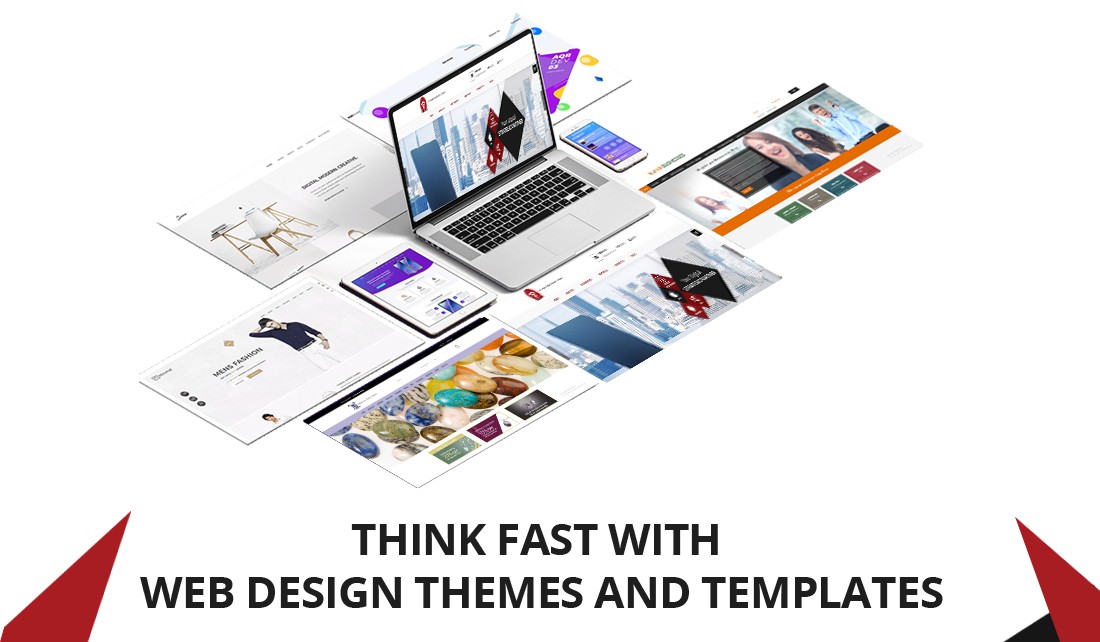Think Fast With Web Design Themes and Templates
Website Design , responsive web designTake a moment to think about the last commercial web site you visited. Can you recall how it looked? Where was the logo? How was the navigation arranged? What was the color scheme? Did you find what you were looking for?
 Now think about this: Could you tell if that site was made with themes or templates? Probably not. The simple truth is that form follows function: Ecommerce web sites look the way they do because that's how they function best. The logo is there at the top when you open the page to tell you where on the web you are, exactly; the navigation is off to the side and out of the way, generally, because you came there for the content and not the buttons; the products and descriptions are dead center, because that's what you came for, and because that's why the site's owner put up the page. The fact that the site's owner used a theme or a template changes nothing about your experience of that site. All of this stuff has been worked out in the minds of sellers and shoppers, which means that the conventions of the typical commercial web site are here to stay.
Now think about this: Could you tell if that site was made with themes or templates? Probably not. The simple truth is that form follows function: Ecommerce web sites look the way they do because that's how they function best. The logo is there at the top when you open the page to tell you where on the web you are, exactly; the navigation is off to the side and out of the way, generally, because you came there for the content and not the buttons; the products and descriptions are dead center, because that's what you came for, and because that's why the site's owner put up the page. The fact that the site's owner used a theme or a template changes nothing about your experience of that site. All of this stuff has been worked out in the minds of sellers and shoppers, which means that the conventions of the typical commercial web site are here to stay.
A lot of people try to overlook those conventions when they get into web commerce. The ideal is to establish a unique identity online, so a lot of people think they should start from scratch and build something no one has ever seen before. But you can spend an awful lot of money on a boutique web design, and the buying public can only take a certain amount of novelty. You don't want to defeat their intention in visiting your site. Think of it in bricks-and-mortar terms: How useful would it be to put the cash register in your store's bathroom? Clever, perhaps, but not useful. You might as well put things where people will expect them to be.
And in the end, a lot of those boutique web sites wind up looking a lot like those templates: Logo here, navigation there, contact information at the bottom.
That's where templates and themes come in. All of the practical functions of a web site are already built into the template. You don't have to reinvent the wheel. Your web design team can use Cascading Style Sheets (CSS) to control the look and feel of your site; and your logo, branding materials, and color scheme should give you the degree of uniqueness you're looking for.
Themes give you even more control over your web space, because you can change your entire identity with a couple of mouse clicks. You can change a store to a blog, for example, or instantly shift the mood and tone of your site to reflect any shift in your business model or the character you're trying to project on the web.
So, sure: With a big budget and a dream in your heart, you can eventually come up with a truly unique web presence. But if you're smart, you'll pick a template or theme and start making money right now.
